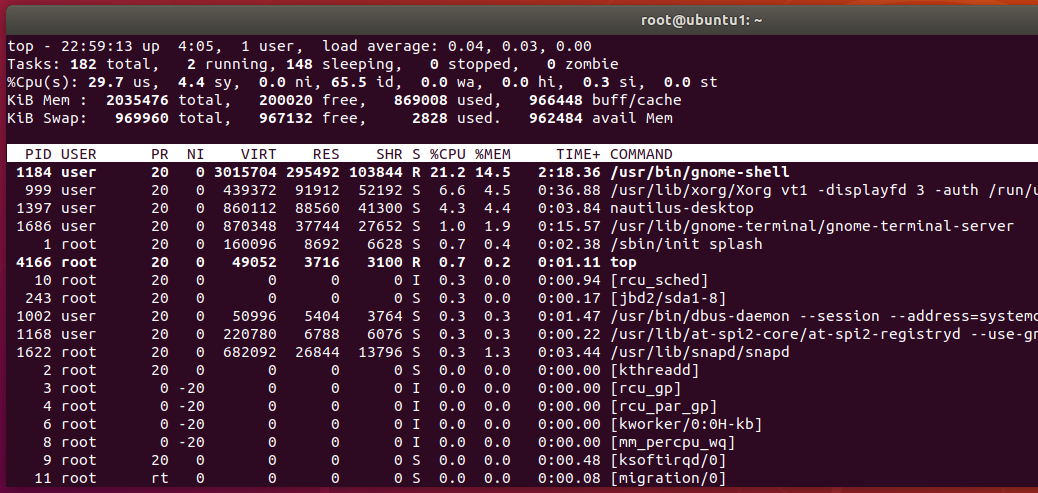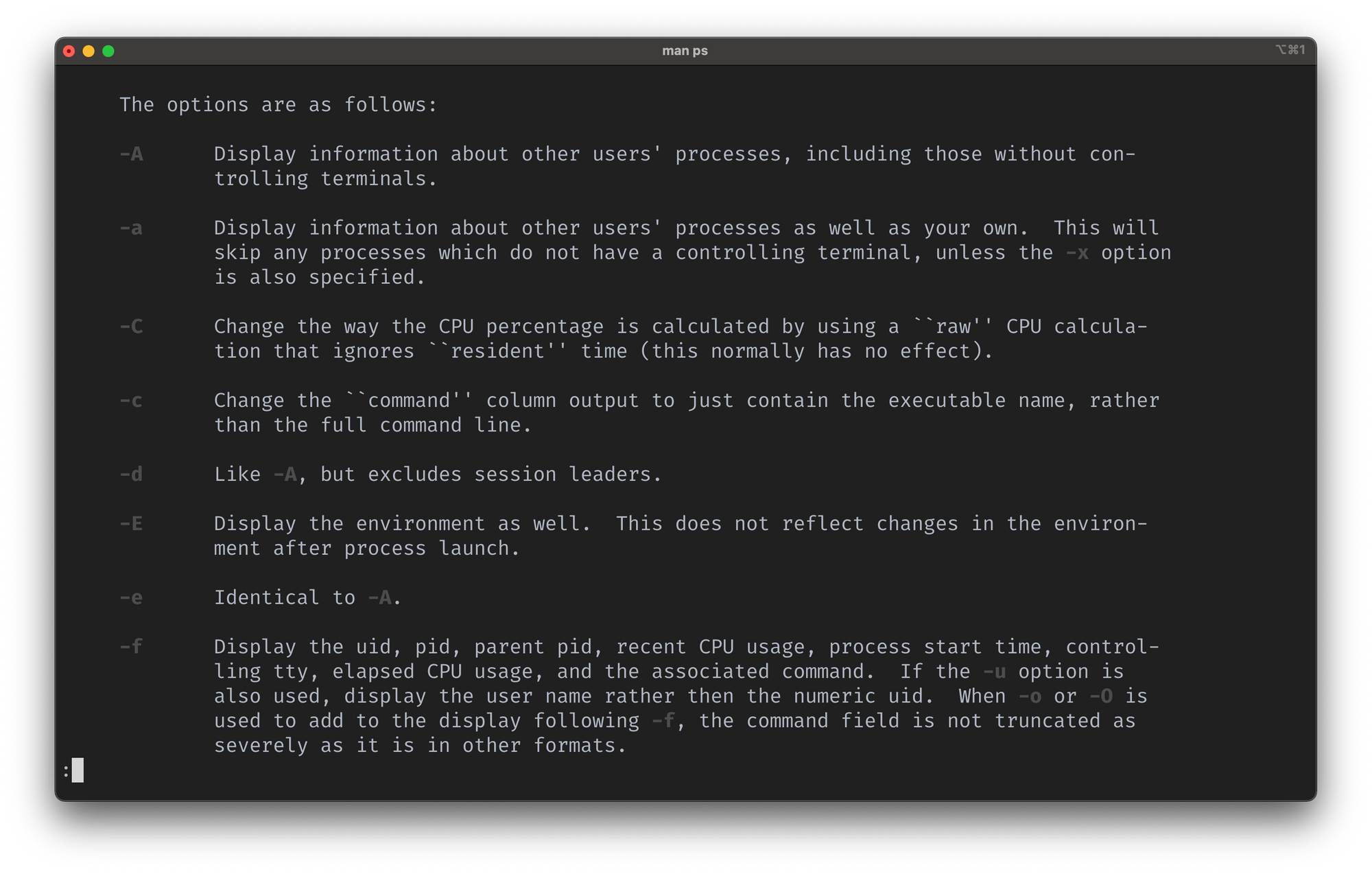

For example, on Ubuntu or Debian-based systems, you can use the following command:
CHECK RUNNING PROCESSES LINUX COMMAND LINE INSTALL
If htop is not installed on your system, you can install it using the package manager of your Linux distribution. To list running processes in Linux using the htop command, you can follow these steps: It provides real-time insights into resource usage and allows you to interactively explore and manage processes. The top command is a powerful tool for monitoring and managing running processes in Linux.For example, you can highlight a specific process using the arrow keys and view more detailed information about it. The top command also provides various interactive features. You can press the following keys to customize the display: The processes are listed in a table format, showing information such as the process ID (PID), CPU and memory usage, execution time, and more.īy default, the processes are sorted by CPU usage, with the most resource-intensive processes listed at the top.

The top command will display a dynamic and interactive view of running processes, with real-time updates. To display a snapshot of currently running processes: To list running processes in Linux using the ps command, you can use the following options: List Running Processes in Linux Using the "ps" Command This command is particularly useful when you know the name of the process you are interested in and want a quick way to verify its status.

We will explore different options of the "ps" command to identify running processes efficiently.Īdditionally, we will cover the "pgrep" command, which simplifies the process of finding and identifying processes by their names or other attributes. By specifying different options and arguments, you can filter and search for specific processes by their names, process IDs (PIDs), or other criteria. The "ps" command displays a snapshot of the currently running processes on your system. We will begin with the most basic and widely used command, "ps," which stands for "process status". In this guide, we will explore various techniques to determine if a process is currently active. Fortunately, Linux provides several methods and command-line tools to accomplish this task. Whether you are an administrator, developer, or simply a curious user, there may be occasions when you need to check whether a specific process is running on your Linux system. I've used them extensively myself, but I find them more powerful when combined with other tools.In the Linux operating system, processes are fundamental units of execution that allow multiple tasks to run simultaneously. Note that I am by no means against xdotool or wmctrl. In this answer I would like to present two scripting solutions with xprop and qdbus. However, I strongly believe that for the purpose of only listing running programs and information about them, xprop and qdbus are two sufficient tools and installing xdotool and wmctrl unless the user wants those for additional functionality - is a purposeless task. The power of xdotool and wmctrl comes out when you need to perform manipulation on the windows, such as moving or resizing. You can add the function to your ~/.bashrc or run it from an script file. Readarray -t applications < <(printf '%s\0' | sort -z | xargs -0n1 | uniq) # filter application name and remove double-quote at beginning and endĪppname=$( xprop -id $win_id WM_CLASS | cut -d" " -f4 ) The output could look in this case similar like this: "Firefox", window id: 0x032000a9 If $( xprop -id $win_id _NET_WM_WINDOW_TYPE | grep -q _NET_WM_WINDOW_TYPE_NORMAL ) thenĮcho "$( xprop -id $win_id WM_CLASS | cut -d" " -f4- )"", window id: $win_id" A combination of wmctrl and xprop offers many possibilities.įor win_id in $( wmctrl -l | cut -d' ' -f1 ) do


 0 kommentar(er)
0 kommentar(er)
